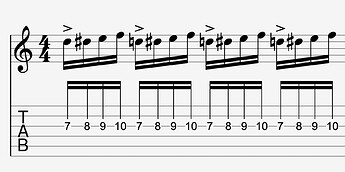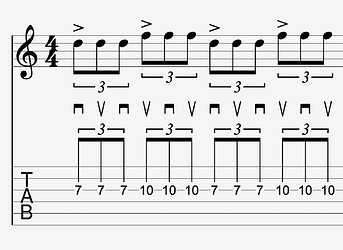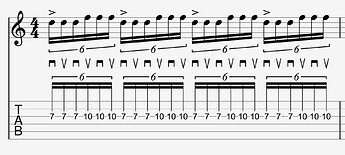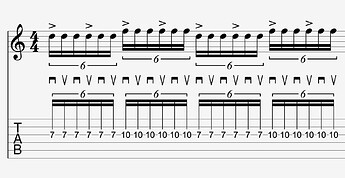Hi everyone,
I’ve had some really useful feedback from @tommo on a TC about focusing on repeating note single string patterns to increase my speed. That’s already helping me quite a bit.
However, I notice that my ability to differentiate or track blocks of notes or accents falls apart once I get above subvocalisation speed. I think it was @Tom_Gilroy who described the need to tie everything back to your “internal metronome” (apologies if not). I totally agree but internal or external, it all quickly becomes an indistinct blur of 16th notes.
Does anyone have any tips or links that might help me with this?







